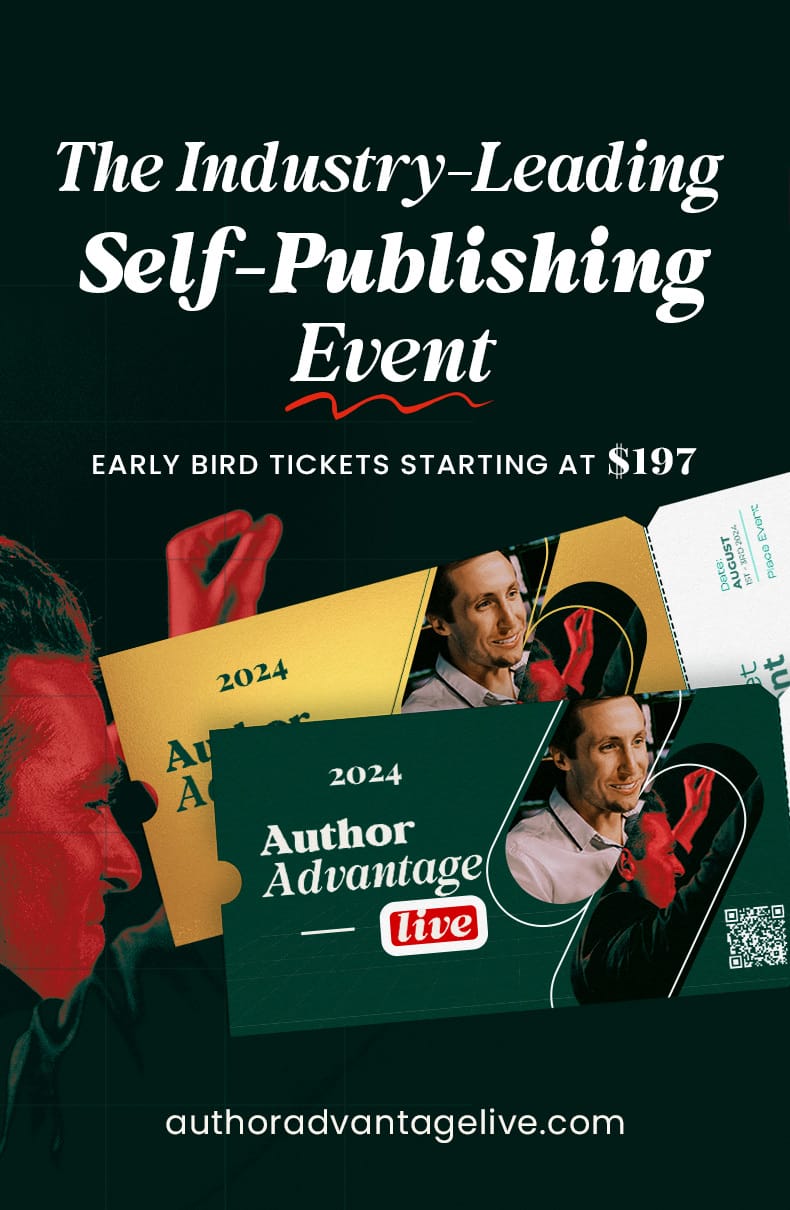
By Joan Stewart (@PublicityHound)
Ed: The link between you—and your book, your stories, and your ideas or agenda for change—and the media that can help you get readers, attention, and sales, is your media kit. This is what you present to those in the media looking for content, for guests, and for stories and conversations that will appeal to their audience. Today, publicity expert Joan Stewart provides a valuable glossary to help you understand this critical part of your marketing plan. (And check the end of the article for a free live event with Joan this week.)
Your author media kit serves as a wardrobe of materials that present you and your book in the best light possible.
When creating it, know the difference between individual various pieces in the kit, and the minimum standards you should adhere to when creating them.
Here’s a list of 14 definitions that will help you build a better kit for your print or digital book:
-
- High-res photos
Short for high-resolution photos, usually required by print media. Photos, logos and other images must be scanned at 300 dots per inch.
- High-res photos
-
- Speaker one-sheet
It lets a meeting planner see quickly who you are, the topics you speak on, and what your books are about. If you’re sending it directly to a meeting planner, include all your contact information. Delete contact information if you’re working with a speaker’s bureau.
- Speaker one-sheet
-
- Speakers bureau
It helps book speakers for clients. Even though the bureau works for the client, it takes a percentage of the speaker’s fee. Speakers bureaus work with keynote speakers, workshop presenters, trainers, after-dinner speakers, awards hosts, motivational speakers and entertainers.
- Speakers bureau
-
- Book synopsis
It’s one sheet that includes the most important information about your book–ideal for scanners. Offer the book summary in four lengths. Include five points of interest and purchasing information.
- Book synopsis
-
- Emotional angle
Because press releases for fiction are more difficult to write than for non-fiction, many authors lead the press release with the emotional angle that’s often tied to the key character. Is the book a humorous look at a bumbling chemistry professor? Does the mystery novel about an investment banker take readers on a roller coaster ride filled with suspense? Does a children’s book provide a whimsical look at the life of The Tooth Fairy?
- Emotional angle
-
- Endorsement
Different from a review, it emphasizes the expertise of the author and is written by someone in high esteem, like an industry leader.
- Endorsement
-
- Blurb
A short phrase or sentence extracted from an endorsement or a review, usually used on the book cover or marketing materials.
- Blurb
-
- Sample interview
Provide an interview that contains both good interview questions as well as the answers.
- Sample interview
-
- Sell sheet
It tells retail book buyers basic information about a book. It includes a synopsis, the ISBN number, trim, publish date, format, comparative titles, and a list of ways you will market your book.
- Sell sheet
-
- Hash marks
Use three has marks (###), centered, to signify the end of a press release.
- Hash marks
-
- Author bio
It tells readers about you, your expertise, and can include a few personal details. Write this in at least three lengths, to serve the needs of various audiences.
- Author bio
-
- Fun facts
Interesting or insignificant facts that brighten an author bio. Examples: You were the captain of your high school cheerleading squad. You have a black belt in karate. You collect Barbie dolls.
- Fun facts
-
- Dateline
Lead the first paragraph of your press release with the dateline that shows the city where the release was written, and the date. Example: Cleveland, Ohio — Sept. 17, 2014.
- Dateline
-
- Environmental photo
This shows the author with a prop or in an environment related to the topic of the book. An author who writes about fashion might include a photo of her with a mannequin just over her right shoulder.
- Environmental photo
Media kits help your various audiences–bloggers, journalists, retailers, libraries, reviewers and others–promote your book. All the more reason to make sure it’s the best kit possible.
 Publicity expert Joan Stewart, author of 10 books, works with authors and experts who need free publicity to promote their expertise and grow their businesses. Twice a week, she emails snack-size tips about how to get free publicity. Subscribe at https://www.PublicityHound.com/tips.
Publicity expert Joan Stewart, author of 10 books, works with authors and experts who need free publicity to promote their expertise and grow their businesses. Twice a week, she emails snack-size tips about how to get free publicity. Subscribe at https://www.PublicityHound.com/tips.
Free Webinar: Register Now
Photo: bigstockphoto.com


